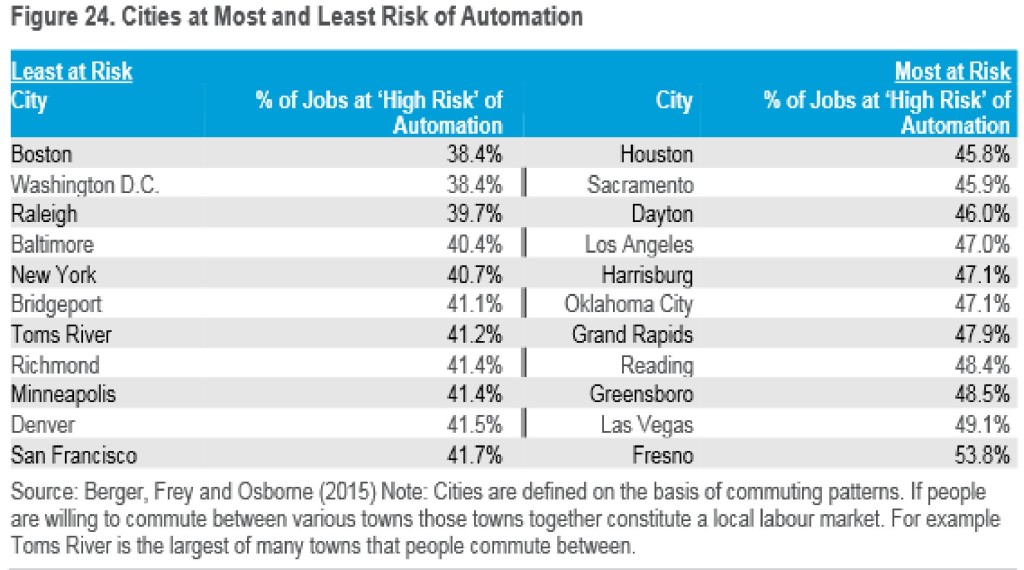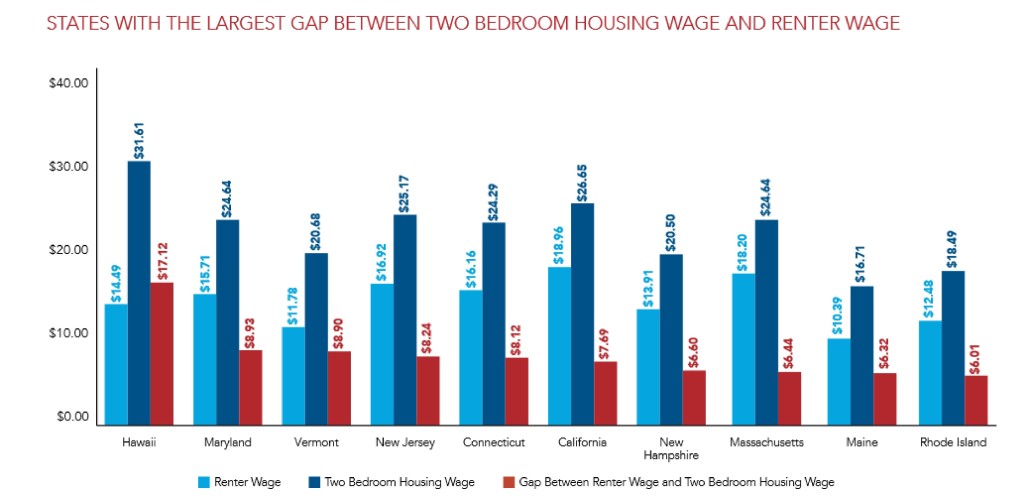Haven’t heard of JOE- 35? Not surprising, since it is very difficult to find any mention of it in any major media news outlet. Google JOE- 35, and you get a series of links for a cast stone fire pit that is 35” in diameter.
Wrong. It refers to the “Joint Operating Environment 2035” [pdf] (JOE – 35), issued in July by the Joint Chiefs of Staff. It lays out the environment that the military and the nation will be facing 20 years from now. It is written as a guide to how the Defense Department should be spending resources today in order to protect against tomorrow’s threats. They identify six broad geopolitical challenges the US Military will have to deal with in 20 years:
- Violent Ideological Competition: irreconcilable ideas communicated and promoted by identity networks through violence. That is, states and non-state actors alike will pursue their goals by spreading ideologies hostile to US interests and encouraging violent acts to promote those ideologies.
- Threatened US Territory and Sovereignty: encroachment, erosion, or disregard of US sovereignty and the freedom of its citizens.
- Antagonistic Geopolitical Balancing: increasingly ambitious adversaries maximizing their own influence while actively limiting US influence. That is, rival powers will pursue their own interests in conflict with those of the United States. Think China in the Philippines.
- Disrupted Global Commons: denial or compulsion in spaces and places available to all but owned by none. Think that the US will no longer be able to count on unimpeded access to the oceans, the air, space, or the electromagnetic spectrum in the pursuit of its interests.
- A Contest for Cyberspace: a struggle to define and credibly protect sovereignty in cyberspace. That is, US cyberwarfare measures will increasingly face effective defenses and US cyberspace assets will increasingly face effective hostile incursions.
- Shattered and Reordered Regions: states increasingly unable to cope with internal political fractures, environmental stress, or deliberate external interference. That means states will continue to be threatened by increasingly harsh pressures on national survival, and the failed states and stateless zones will continue to spawn insurgencies and non-state actors hostile to the US.
The report also warns that the rise of non-state actors such as ISIS, described in the report as “privatized violence“, will continue, as will the rapidity by which those groups form and adapt. The spread of 3D-printing technologies and readily available commercial technology such as drones, means those groups can be increasingly effective against a fully equipped and highly technological US military.
The study says:
Transnational criminal organizations, terrorist groups, and other irregular threats are likely to exploit the rapid spread of advanced technologies to design, resource, and execute complex attacks and combine many complex attacks into larger, more sustained campaigns…
John Michael Greer has a review of JOE-35 that is worth reading in its entirety. His criticism of the report is that:
Apparently nobody at the Pentagon noticed one distinctly odd thing about this outline of the future context of American military operations: it’s not an outline of the future at all. It’s an outline of the present. Every one of these trends is a major factor shaping political and military action around the world right now.
Like so many things in our current politics, the JOE projections are mostly about justifying current procurement/pork barreling by a linear extrapolation of today’s threats. That, and the institutional blindness that sets in when there have been no real challenges to the established groupthink, and the professional consequences of failure in the military are near-zero.
The JOE list may not be imaginative or fully predictive, but that doesn’t make it wrong. None of the problems they forecast are going away. For instance, the use of ideology to win and shore up support from potential fighters and allies is as old as ancient times, so why would ideological conflict NOT be an issue in 2035?
Threats to US sovereignty and territory go along with the Joint Chiefs’ recognition that the US is an empire most likely on a downward curve, unless there is great change in our policies, domestic and foreign.
In this sense, the report is quietly critical of our politicians.
The admission in the JOE report that we will be actively required to defend our home ground by 2035 is a mark of just how much our geopolitical environment has changed since 9/11.
It is indeed worth your time to read both the JOE report, and that of John Michael Greer very carefully.
Both will make you smarter than reading about the latest Trump outrage.


